
Cerene® Treatment Helps Women Suffering from Heavy Periods
In the U.S., around 10 million—or about 1
The availability of in-house ultrasound services is just one of the many reasons North Florida Women’s Care has been repeatedly voted the “Best Ob/Gyn Practice” in our area. Our skilled technicians use advanced high-resolution ultrasound equipment to obtain the clearest, most precise imaging available. Our physicians also use multiple portable ultrasound units for quick and convenient bedside imaging when needed.
Ultrasound is safe and painless and produces pictures using sound waves. Ultrasound imaging involves using a small transductor (probe) and ultrasound gel placed directly on the skin. High-frequency sound waves are transmitted from the probe through the gel into the body. The transductor collects the sounds that bounce back and a computer uses those sound waves to create an image.
One of the most memorable parts of a family’s pregnancy is seeing images of their developing baby, or in some cases, babies! Seeing ultrasound pictures of a baby moving and hearing the baby’s heartbeat in the uterus is not only entertaining, but ultrasound serves a useful clinical purpose in monitoring the growth and well-being of a fetus. Obstetrical ultrasound provides pictures of an embryo or fetus within a woman’s uterus, as well as the mother’s uterus and ovaries. Ultrasounds are performed at strategic times during a pregnancy to:
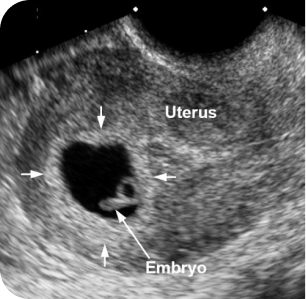
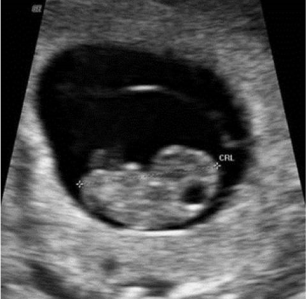
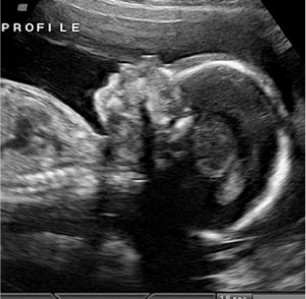
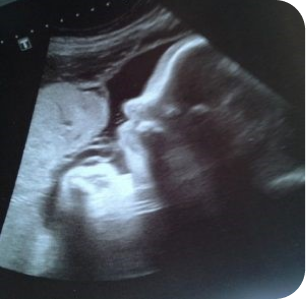
Visitors:
Please limit yourself to 1 to 2 guests in the room with you during your ultrasound appointments, including children.
Our ultrasound rooms have limited space and seating, and our sonographers want to provide you with the best medical care possible. This means they need adequate space and focus to capture the images vital to your baby’s health. Our rooms can get quite crammed with more than two guests; however, additional guests may wait in the lobby.
During obstetric ultrasounds, we immediately text videos and photos of your baby that you can share with loved ones. Following your ultrasound, you can join your additional loved ones to view the videos and photos immediately. You can text, email, and upload the videos and photos to any platform you like, including Facebook, Instagram, and other social media sites.
Whenever our providers need the assistance of ultrasound imaging to help ascertain the underlying cause of a gynecological issue, our patients find it most convenient to have that service provided right here in our offices. The generated ultrasound images are then transmitted to our notable local radiology group, Radiology Associates of Tallahassee, for reliable interpretation. This relationship results in quick and smooth reporting so you can promptly obtain results.
A pelvic ultrasound examines the pelvic organs, including the uterus, endometrium (the lining of the uterus), cervix, and ovaries. Most pelvic ultrasounds are performed using both transabdominal and transvaginal approaches.
A transabdominal ultrasound is an external scan of the lower abdomen. It requires a full bladder, which allows for better visualization of organs. Transabdominal ultrasound usually provides an overview of the pelvis rather than detailed images. This is particularly helpful for examining large pelvic masses extending into the abdomen, which are not always well viewed via transvaginal ultrasound.
Transvaginal ultrasound is an internal ultrasound. It involves scanning with the ultrasound probe inside the vagina. Transvaginal ultrasound produces better and clearer images of the female pelvic organs because the probe lies closer to these structures.
Preparation:
We get better images during transabdominal ultrasound if the bladder is filled. For your examination, we would like to ask you to drink water before your appointment. Drink at least 24 ounces of non-carbonated beverage (preferably water) 1-2 hours before the scan. A full bladder moves the bowel from the pelvis into the abdomen, providing a better view of the uterus and ovaries. You will be able to empty your bladder following the transabdominal ultrasound and before the transvaginal ultrasound begins.
Our physicians are skilled in vaginal, cesarean, and high-risk deliveries. We deliver at Tallahassee Memorial Hospital, the only hospital in our area with advanced neonatal intensive care facilities. Because of the high-risk nature of vaginal birth after cesarean section (VBAC), we do not participate in the care of such deliveries. Our physicians rotate on the TMH on-call schedule and are always available for your obstetrical needs. The physician who is on call at the time you go into labor will most likely be the one who delivers you.
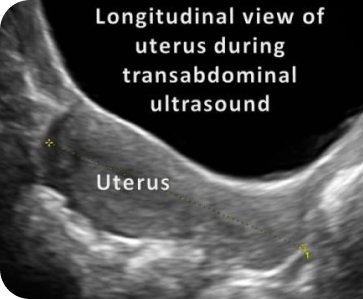
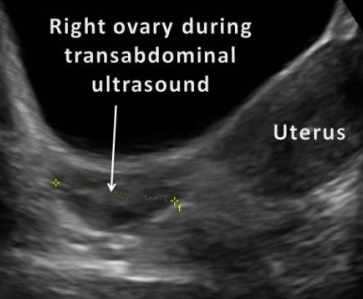
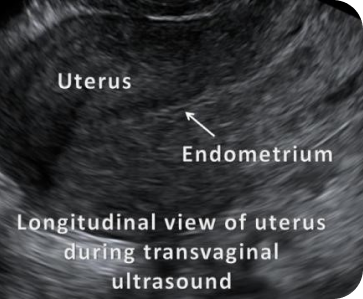








In the U.S., around 10 million—or about 1

The Pregnant Workers Fairness Act (PWFA) is a